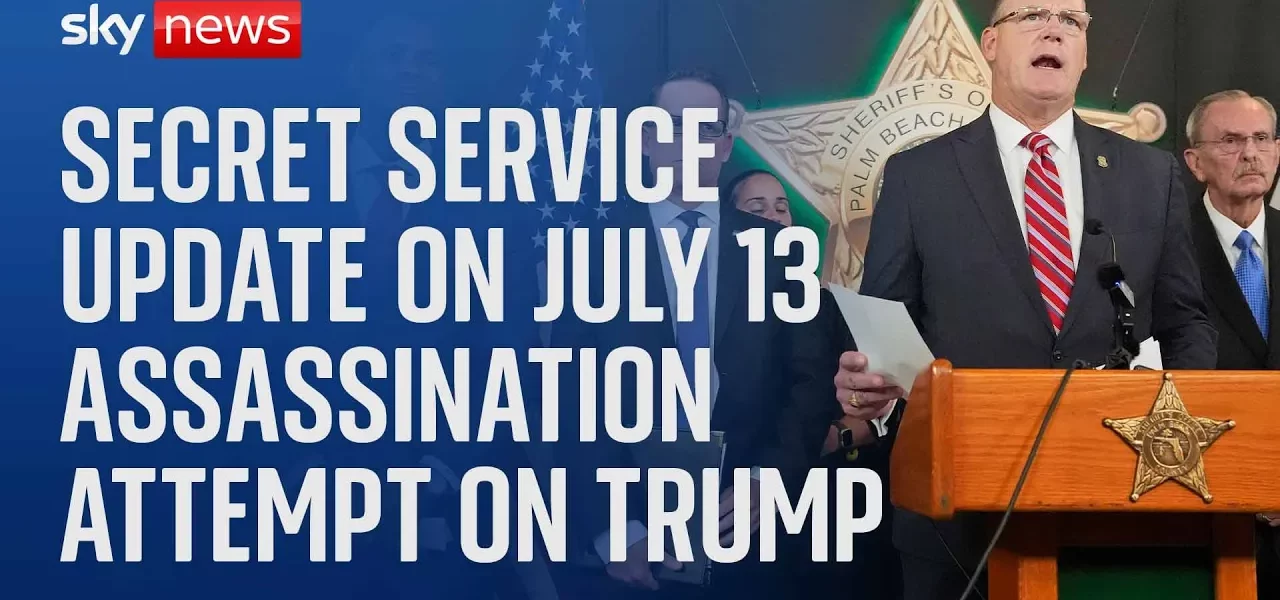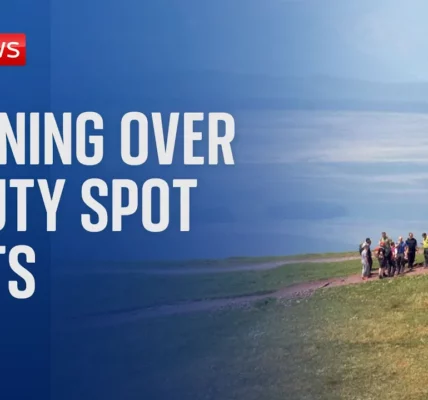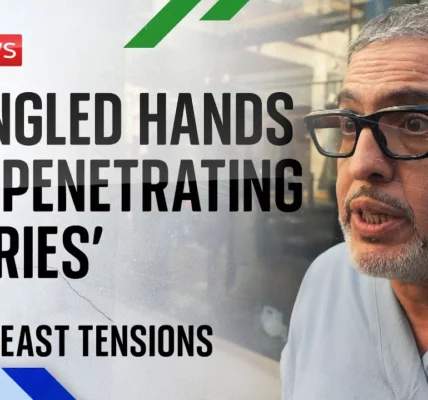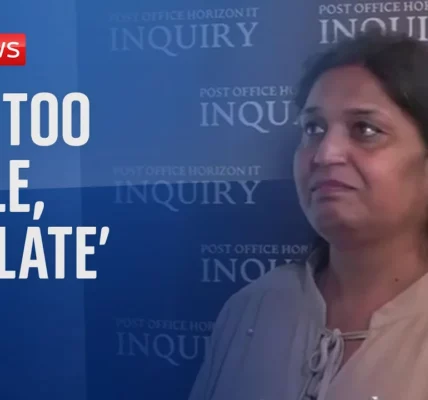Secret Service: Ensuring Safety for High-Profile Protectees

This article delves into the responsibilities of the Secret Service in protecting high-profile individuals, focusing on the evolving security measures, challenges faced, and the implications for future events.
Introduction
The Secret Service plays a critical role in safeguarding the lives of high-profile protectees, including former and current presidents. With increasing scrutiny on security procedures, especially following recent events, the dynamics of protection are under constant evaluation. This article outlines how the Secret Service adapts to new challenges and ensures a secure environment for its protectees while allowing them to maintain a semblance of normalcy in their daily lives.
The Role of the Secret Service in Event Security
When planning events for high-profile protectees, the Secret Service assesses various factors to create a secure environment. This involves utilizing advanced methodologies and redundancy systems to mitigate risks effectively.
Event Security Protocols
Each event requires a tailored approach to security. The following protocols are typically observed:
- Site assessment and risk analysis
- Coordination with local law enforcement
- Implementation of physical barriers and security personnel
- Use of advanced surveillance technology
Challenges in Event Security
Despite thorough preparations, challenges often arise, such as:
- Last-minute site changes by campaign staff
- Communication lapses between local law enforcement and Secret Service agents
- Assumptions about local police presence and capabilities
Case Study: The July 13th Incident
The incident on July 13th brought to light several deficiencies in the security protocols of the Secret Service. An internal review highlighted the importance of clarity and communication with local law enforcement agencies.
Findings from the Incident
The key findings included:
- A lack of proper security measures on the roof of the venue
- Insufficient communication about security expectations with local police
- Failure to escalate security concerns to higher authorities in a timely manner
Response and Accountability
In response to the findings, the Secret Service has emphasized the need for accountability and improved training protocols:
- Conducting thorough debriefings after each event
- Enhancing training programs for agents and local law enforcement
- Establishing clear lines of communication during events
Future Implications for Security Protocols
As political landscapes change, so too must the strategies employed by the Secret Service. The agency is now focusing on several key areas to ensure the safety of its protectees:
Adapting to Changing Threats
With ongoing threats, the Secret Service is continuously adjusting its protocols. This includes:
- Incorporating advanced technology for surveillance and threat detection
- Regularly reviewing and updating security measures for public events
- Collaborating with local law enforcement for improved situational awareness
Resource Management and Training
To maintain a high level of protection, the Secret Service must also focus on resource management:
- Recruiting and training new agents to handle increased responsibilities
- Ensuring that all personnel are well-versed in current security protocols
- Evaluating the effectiveness of security measures after incidents
Conclusion
The Secret Service remains committed to providing the highest level of protection for its high-profile protectees. Through continuous assessment and adaptation of security protocols, the agency is poised to meet the challenges of an evolving security landscape. Stakeholders and the public can be assured that the Secret Service is dedicated to maintaining safety while allowing protectees to engage in their daily activities. For more insights on security measures and protocols, visit our related articles on protective services and event security.
“`




